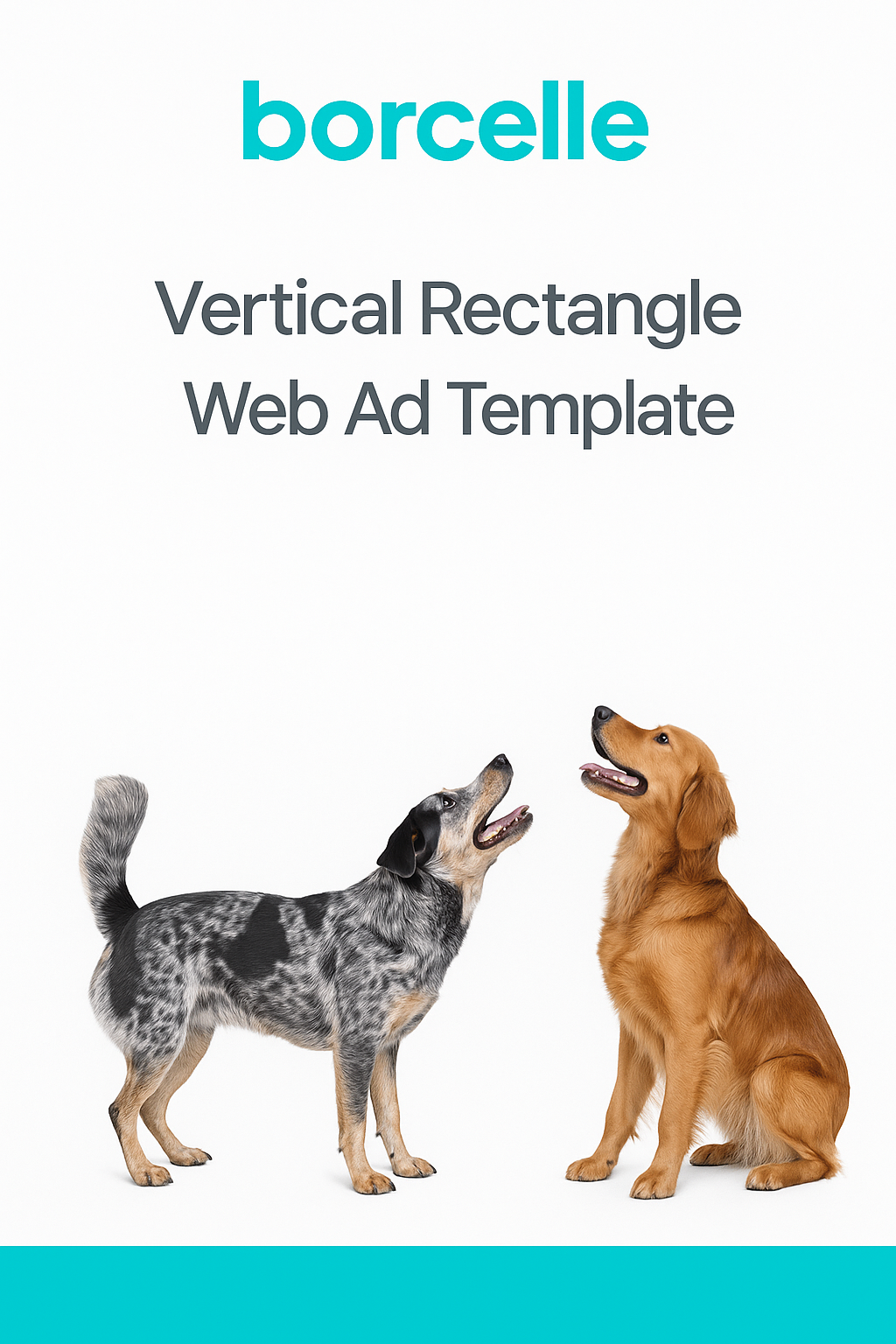Hi Selena,
Thanks for your question.
I will respectfully disagree with your veterinarian. There is clear dental disease occurring here and your picture shows many indications of this.
The lower back molar is almost 100% covered in tartar. There is most certainly gingivitis as you can easily see the red line running along the base of each tooth where it meets the gum. This is inflammation occurring along the base of the tooth where the tartar and bacteria are contacting the gum. The top tooth which is second to the left of the large canine tooth has obvious gingival overgrowth. The gingiva is growing onto the tooth. This commonly occurs when there is a neck lesion present, which is, in essence, a cavity or destruction of the actual tooth and the gingiva is inflamed to the point that it is growing over the hole in the tooth. I can’t be certain of this without probing the area but it has a characteristic appearance of this type of decay.
We score feline dental disease on a range of 1-4, 4 being the worst. This would be classified as a 3 in my opinion from the picture alone. I would recommend that you either receive a second opinion or have another discussion with your veterinarian.
Brushing the teeth or using any sort of dental product will not remove the tartar that is present. It needs to be removed with an ultrasonic scaler under a general anesthetic which allows cleaning beneath the gumline which will help control the gingivitis.
Sorry to give you this news but I believe you probably already knew this!
Good luck.
Dr. Clayton Greenway
Disclaimer: healthcareforpets.








